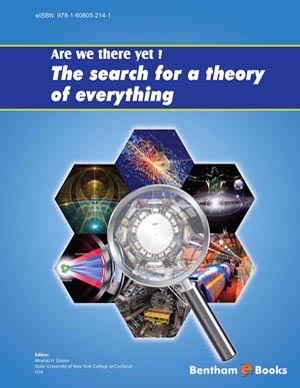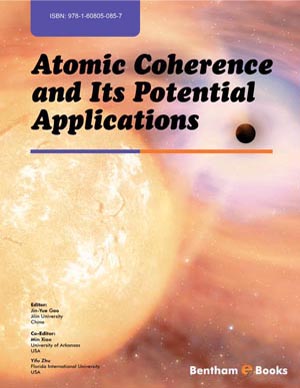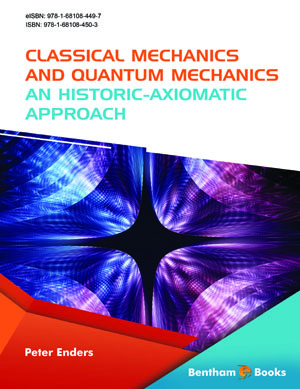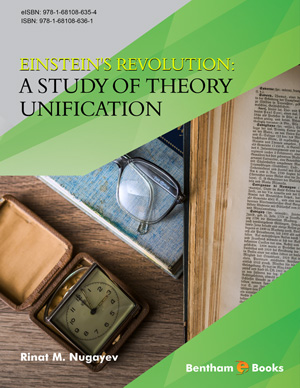Abstract
Heat transfer in packed beds is of interest for several industrial applications. This paper presents a historical view of both experimental and modeling developments and the future trends. Heat transmission in such beds has been modeled with two-phase models, which provide two balance equations, one for each phase (solid and fluid), and with one-phase models, which propose a single equation to represent an arbitrary representative elementary volume of the system (pseudo-homogeneous model). Two-phase models lack experimental confirmation, while one-phase models lack better detailing. Temperature measurement with little distortion within the bed is a difficult task. The inlet temperature profiles, as well as the downstream temperature profiles, have been measured by several researchers, but better experimental techniques are still required. Angular temperature measurements for a low tube-to-particle diameter ratio (D/dp) indicate that the models must include angular temperature variation. Coupling among bed structure, fluid flow profile, and temperature variation must be represented by new models, such as the ones solved by Computational Fluid Dynamics (CFD).
Keywords: Pseudo-homogeneous model, porosity, mixture theory, temperature profiles, entrance effects.








.jpg)




